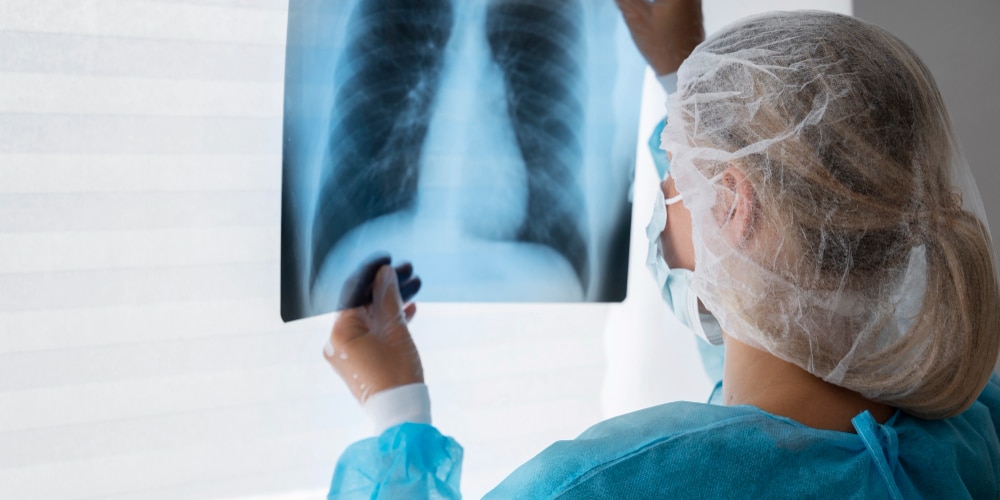Latest
Single exercise session found to slow cancer cell growth, study shows
A study published in the New England Journal of Medicine earlier this year found that colon cancer survivors who took part in supervised exercise were 37 percent less likely to have a recurrence than those who did not
Author
Author
- admin / 3 months

- 0
- 3 min read

Author
Exercising muscles can release substances that help suppress the growth of breast cancer cells, according to a new study published in PubMed.
The research, published last month, involved 32 women who had survived breast cancer. After a single session of high-intensity interval training or weightlifting, their blood contained higher levels of certain molecules that slowed or killed laboratory-grown breast cancer cells.
“Our work shows that exercise can directly influence cancer biology, suppressing tumor growth through powerful molecular signals,” said Robert Newton, deputy director of the Exercise Medicine Research Institute at Edith Cowan University in Perth, Australia, and senior author of the study, as quoted by The Washington Post.
Scientists have long observed that physical activity lowers the risk of cancer recurrence. “We know from large, observational studies that breast cancer survivors who report higher levels of physical activity have lower rates of recurrence and better survival,” The Post quoted Jessica Scott, director of the Exercise-Oncology Program at Memorial Sloan Kettering Cancer Center in New York City, who was not involved in the study.
A similar effect has been seen in other cancers. A study published in the New England Journal of Medicine earlier this year found that colon cancer survivors who took part in supervised exercise were 37 percent less likely to have a recurrence than those who did not.

Researchers believe the benefit comes from myokines, hormones and proteins released by contracting muscles. In the new study, plasma collected after interval training and weightlifting was added to breast cancer cells in the lab. Blood samples taken before exercise had no effect.
The most potent response came from interval training, which produced the highest levels of IL-6, a protein linked to immune response and inflammation. The more IL-6 in a woman’s blood, the more that blood slowed or ended cancer growth.
Inclusion of intensive exercise in cancer care
Exercise doesn’t just improve fitness and well-being,” in people who’ve had cancer. “It also orchestrates a complex biological response that includes direct anticancer signals from muscles,” Newton is quoted to have said.
While weightlifting was less effective than interval training, it also boosted cancer-fighting molecules. “People with cancer who increase their muscle mass through resistance training also experience greater rises in circulating myokines,” Newton added.
Experts say the results support the inclusion of structured, intensive workouts in cancer care. “Our group, and others, have shown that tailored, progressive exercise training programs that include high-intensity interval training are both safe and beneficial” for breast cancer survivors, said Scott.
“The key message,” Newton told The Post, “is that exercise is not just a nice add-on to conventional therapies like chemotherapy or radiation. It’s increasingly being recognized as a first-line treatment in its own right for people with cancer.”
Also read: Fact Check: Can consuming white bread and packaged juices cause cancer?
Do you have a health-related claim that you would like us to fact-check? Send it to us, and we will fact-check it for you! You can send it on WhatsApp at +91-9311223141, mail us at hello@firstcheck.in, or click here to submit it online.









